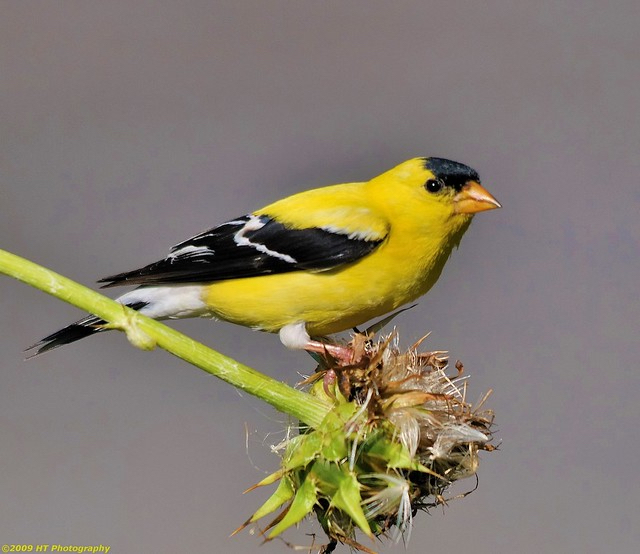BY KIERAN LINDSEY, PhD
There’s been a marked decline in the number of sunspots over the past decade or so. That’s what NASA scientists say, and I have no reason to doubt their research findings. Luckily, I haven’t observed any reduction in the terrestrial version of this phenomenon. Hardly a day has passed lately when I’ve not been blinded by the solar flare of a male American goldfinch (Carduelis tristis) as it escapes, briefly, the gravitational pull of a patch of vegetation.



 You are what you eat, and so are goldfinches.
You are what you eat, and so are goldfinches.